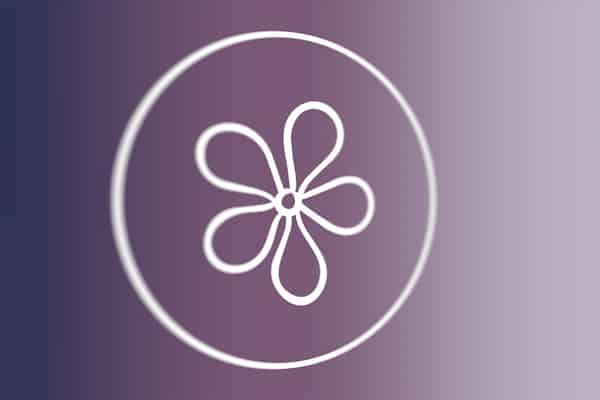
Various technologies exist around Fiori
There are a variety of software versions that can be used. Terms like “frontend” and “backend” appear. We speak of hub or embedded deployment.
But which of these terms should be classified where? What should be considered when setting up? All questions where Fiori is slightly different than the “classic” SAP. This blog post gives an overview of the technical aspects of Fiori.
Front end and back end
When setting up, Fiori distinguishes between frontend and backend. Both components together form the infrastructure for Fiori Apps, but should be considered separately, as they have different tasks. The front end is used to provide the Fiori app interfaces. It is comparable to a special type of web server to optimally visualize the business data in the form of apps for the user. In the backend, on the other hand, all data storage and data processing takes place. Since the backend is usually the SAP Business Suite that is already in use, the introduction of Fiori does not change anything in existing processes.
Figure 1: Embedded Deployment
The SAP Gateway – The basis for Fiori
Whenever Fiori is used, a so-called SAP gateway is required as a front end. This raises the question of whether a separate new server is always required for the “new” SAP Gateway?
No, even though having your own server is highly recommended! The SAP Gateway is already integrated in SAP NetWeaver ABAP 7.40 and can be installed on SAP NetWeaver ABAP 7.31. This means that any existing business suite system based on NetWeaver ABAP 7.40 / 7.31 can also be used as a SAP gateway. Frontend and backend are then on the same system. This scenario is also called embedded deployment.
Nevertheless, it makes sense to operate the gateway separately. How so?
- Several backend systems can be connected to a centrally used SAP gateway. The separate gateway then forms the central access point for Fiori, even with several backend systems.
- When Fiori is accessed via mobile devices, communication usually takes place via the Internet. However, the Business Suite itself should never be accessible directly from the Internet. For the SAP Gateway, without business data, it is less critical.
- Frontend and backend can have different maintenance cycles. During system maintenance, there are no dependencies between the systems.
- The impact on the existing business suite is minimal.
If the gateway is set up separately from the Business Suite, this is also called hub deployment. While hub deployment alone is a security benefit, security and access control can be further enhanced by using an optional reverse proxy.

Figure 2: Hub Deployment with Proxy
The SAP Gateway is installed, what needs to be done when setting it up?
Setting up the Fiori environment essentially consists of five to six steps:
- Set up SAP gateway-specific web services: Various web services must be activated in the SAP system for the gateway. This includes, among other things, the service for providing the SAPUI5 environment.
- Connection of existing Business Suite systems: The communication channels between frontend and backend must be set up. This is done, among other things, by setting up a trusted RFC connection.
- Set up Fiori app-specific web services: Apps communicate with the backend via so-called OData services. These access data in the backend and make it available to the app. The main web services are those of the Fiori Launchpad. The launchpad is the central access point and all later apps are integrated.
- Importing the Fiori interfaces into the gateway: The interfaces for Fiori are delivered by SAP in separate add-ons. These interfaces are delivered in separate packages for each area of application. The correct packages must therefore be determined and imported.
- Importing a current SAPUI5 library: SAP Fiori uses the SAPUI5 library. This is regularly updated and improved. It is integrated into the SAP Gateway and can be updated separately.
- Import components in the backend (depending on the app used): Depending on the version of the Business Suite used and which apps are used, add-ons must also be imported into the backend. Similar to the interfaces, these are also app-specific.
The first apps
The infrastructure is in place, the environment is set up, the packages are installed and the Fiori Launchpad, the central entry point for Fiori, is accessible. Congratulations, you have laid the foundations for Fiori and the first functional app is not far away. Which app should it be? There are a variety of apps that should be optimally adapted for your company. We would be happy to support you individually and adapt Fiori Apps and the technical environment to your company.
About the author

SAP Consultant
at
CONET Business Consultants GmbH
As a SAP consultant, Moritz Menken advises the customers of CONET Business Consultants GmbH on all aspects of administration and implementation. As a focus, he advises and supports the planning and setup of Fiori environments, including those based on SAP HANA.
Source: https://www.conet.de/blog/sap-gateway-grundlagen-sap-fiori/


